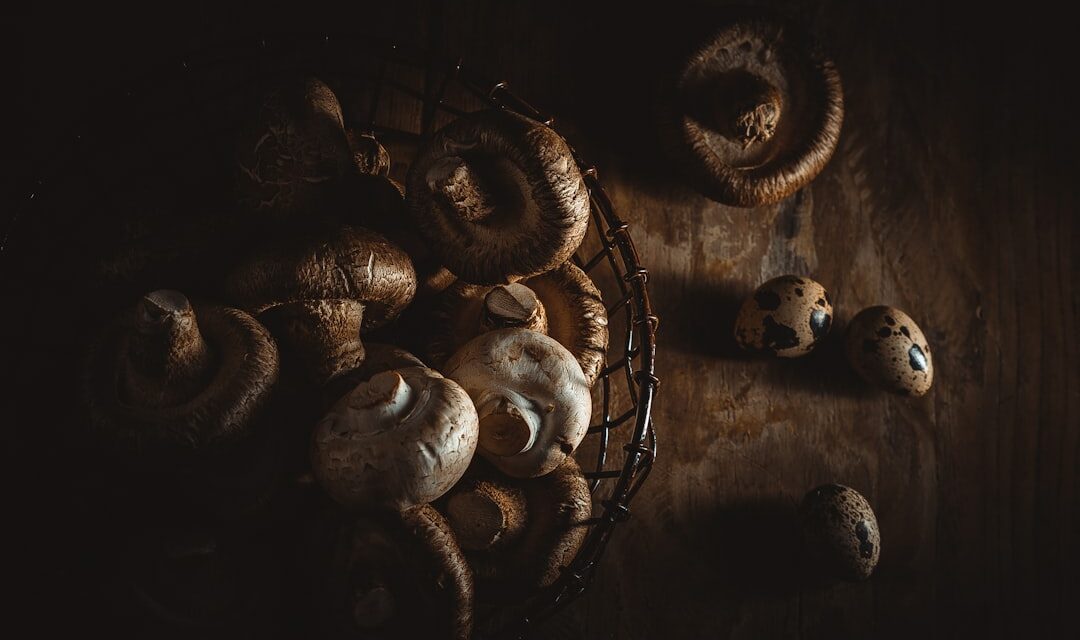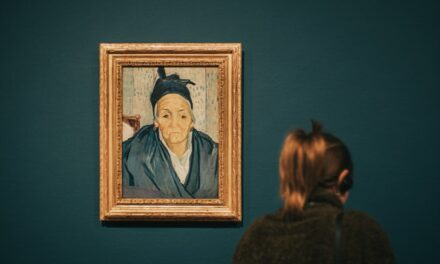Lucas Cranach the Elder was born in 1472 in Kronach, a small town in the Franconia region of Germany. His father, Hans Maler, was a painter, which likely influenced Cranach’s early interest in the arts. The family moved to the nearby city of Coburg when Lucas was still a child, where he would have been exposed to a variety of artistic influences.
By the age of 20, he had already begun his formal training as an artist, likely under the tutelage of a local master. This early exposure to the craft laid the foundation for what would become a prolific career. Cranach’s formative years coincided with a period of significant cultural and religious upheaval in Europe.
The late 15th and early 16th centuries were marked by the rise of humanism and the beginnings of the Protestant Reformation. These movements would not only shape Cranach’s artistic style but also his personal beliefs and professional relationships. By 1505, he had moved to Wittenberg, where he would establish himself as a prominent figure in the art world and become closely associated with the Reformation and its key figures.
Summary
- Lucas Cranach the Elder was born in Kronach, Germany, in 1472 and trained as a painter in Vienna and Germany.
- Cranach’s artistic style was influenced by the Italian Renaissance, particularly the works of Albrecht Dürer, and he developed a distinctive style known for its attention to detail and vibrant colours.
- His portraits and religious paintings were highly significant, capturing the essence of his subjects and conveying powerful religious messages through symbolism and composition.
- As court painter to the Electors of Saxony, Cranach produced numerous portraits and allegorical paintings, solidifying his reputation as a leading artist of his time.
- Cranach’s collaboration with Martin Luther and his support of the Reformation had a profound impact on the art world, as he used his art to convey the ideals of the movement and spread its message.
Cranach’s artistic style and influences
Cranach’s artistic style is characterised by its vibrant colours, intricate details, and a distinctive blend of Gothic and Renaissance elements. His early works show the influence of the late Gothic tradition, with elongated forms and an emphasis on decorative detail. However, as he matured as an artist, he began to incorporate more Renaissance ideals, such as naturalism and a focus on human emotion.
This evolution in style reflects not only his personal growth but also the broader artistic trends of his time. One of the most significant influences on Cranach’s work was the Italian Renaissance, particularly the works of artists like Raphael and Titian. He was particularly drawn to their use of colour and composition, which he adapted to suit his own vision.
Additionally, Cranach was influenced by the Northern European tradition, which emphasised meticulous detail and realism.
The significance of Cranach’s portraits and religious paintings
Cranach’s portraits are among his most celebrated works, capturing the likenesses of prominent figures with remarkable precision and psychological depth. His ability to convey character through facial expression and posture set him apart from many of his contemporaries. These portraits not only served as a means of documenting important individuals but also reflected the social and political dynamics of the time.
Cranach’s subjects ranged from nobility to commoners, showcasing his versatility and keen understanding of human nature. In addition to portraits, Cranach produced numerous religious paintings that played a crucial role in the visual culture of the Reformation. His depictions of biblical scenes were often infused with contemporary relevance, making them accessible to a wider audience.
For instance, his portrayal of Adam and Eve is notable for its emphasis on human vulnerability and temptation, themes that resonated deeply with the theological debates of his time. Through these works, Cranach contributed to the reimagining of religious narratives, making them more relatable to the everyday experiences of believers.
Cranach’s role as court painter to the Electors of Saxony
Cranach’s appointment as court painter to the Electors of Saxony marked a significant turning point in his career. This position not only provided him with financial stability but also elevated his status within the artistic community. Working closely with influential figures such as Elector Frederick III and later John Frederick I, Cranach was able to create works that celebrated both the power of the Electorate and the ideals of the Reformation.
His role at court allowed him to develop a unique relationship with his patrons, who often commissioned portraits and altarpieces that reflected their political ambitions and religious beliefs. This symbiotic relationship between artist and patron resulted in a body of work that was both artistically innovative and politically charged. Cranach’s ability to navigate these complex dynamics is evident in his art, which often serves as a visual commentary on the intersection of power and faith during a tumultuous period in German history.
Cranach’s collaboration with Martin Luther and the Reformation
One of the most significant aspects of Cranach’s career was his collaboration with Martin Luther, the seminal figure of the Protestant Reformation. Their relationship was rooted in mutual respect and shared ideals, as both sought to challenge the established norms of their time. Cranach’s art became an essential tool for disseminating Luther’s ideas, as he created illustrations for pamphlets and books that communicated Reformation principles to a broader audience.
Cranach’s works often depicted Luther himself, capturing not only his likeness but also his spirit as a reformer. These portraits served to humanise Luther, making him more relatable to ordinary people who were grappling with profound theological questions. Additionally, Cranach’s religious paintings often reflected Lutheran themes, such as justification by faith and the importance of scripture.
Through this collaboration, Cranach played a pivotal role in shaping the visual language of the Reformation, ensuring that its messages reached far beyond the confines of academia.
Cranach’s impact on the art world during the Northern Renaissance
Cranach’s contributions to the Northern Renaissance were profound and far-reaching. His innovative approach to portraiture set new standards for realism and emotional depth in art, influencing countless artists who followed in his footsteps. His ability to blend traditional techniques with contemporary themes allowed him to create works that resonated with both religious and secular audiences alike.
Moreover, Cranach’s workshop became a hub for artistic production during this period.
This legacy ensured that Cranach’s influence extended well beyond his lifetime, shaping the trajectory of Northern European art for generations to come.
The symbolism and themes in Cranach’s paintings
Cranach’s paintings are rich in symbolism and thematic depth, often reflecting the complex interplay between human experience and divine grace. His use of allegory is particularly notable; for instance, in his depictions of Adam and Eve, he explores themes of temptation, sin, and redemption. These works invite viewers to engage with profound moral questions while simultaneously showcasing Cranach’s technical prowess.
Additionally, many of Cranach’s paintings incorporate elements from classical mythology alongside Christian iconography. This blending of themes reflects the Renaissance fascination with antiquity while also serving to reinforce contemporary religious beliefs. By weaving together these diverse influences, Cranach created a body of work that is both visually captivating and intellectually stimulating.
Cranach’s workshop and the production of prints and woodcuts
Cranach established a highly productive workshop in Wittenberg that became renowned for its output of paintings, prints, and woodcuts. This workshop not only facilitated his own artistic endeavours but also provided training for numerous apprentices who would go on to become accomplished artists in their own right. The collaborative environment fostered by Cranach allowed for experimentation with various techniques and styles, contributing to the evolution of printmaking during this period.
The production of prints and woodcuts was particularly significant in disseminating Cranach’s work beyond regional boundaries. These prints allowed for mass reproduction of his images, making them accessible to a wider audience than traditional paintings could achieve. As a result, Cranach’s art became an integral part of popular culture during the Northern Renaissance, influencing public perception of both art and religion.
Cranach’s legacy and influence on future generations of artists
Cranach’s legacy is one marked by innovation and influence that extends well beyond his lifetime. His unique approach to portraiture set new standards for realism that would be emulated by artists across Europe. The emotional depth he captured in his subjects paved the way for future portraitists who sought to convey character through visual means.
Moreover, Cranach’s integration of religious themes into everyday life resonated with subsequent generations of artists who grappled with similar questions about faith and society. His ability to navigate complex social dynamics through art has inspired countless artists to explore their own cultural contexts in meaningful ways. As such, Cranach remains a pivotal figure in art history whose impact continues to be felt today.
Notable works and collections of Cranach’s art
Among Cranach’s most notable works are “The Fall from Grace,” “The Judgement of Paris,” and numerous portraits of Martin Luther himself. These pieces exemplify his mastery over colour, composition, and thematic depth while also reflecting his engagement with contemporary issues. Many of these works can be found in prestigious collections around the world, including The Metropolitan Museum of Art in New York City, The National Gallery in London, and various museums across Germany.
Cranach’s ability to create compelling narratives through visual means has ensured that his works remain relevant in discussions about art history today. His paintings are not merely aesthetic objects; they are windows into a complex world where art intersects with politics, religion, and human experience.
The ongoing debate and controversies surrounding Cranach’s art and life
Despite his significant contributions to art history, debates surrounding Cranach’s life and work continue among scholars today. Some argue that his close association with Martin Luther may have compromised his artistic integrity or led him to produce works that were overly didactic or propagandistic in nature. Others contend that this collaboration enriched his art by providing it with deeper meaning rooted in contemporary social issues.
Additionally, questions about authorship arise due to the prolific output from his workshop; many works attributed to him may have been produced by his apprentices or collaborators. This raises important discussions about artistic identity during a time when collaboration was common practice among artists. As such, while Lucas Cranach the Elder remains an iconic figure within art history, ongoing debates about his life and work ensure that he continues to be a subject of fascination for scholars and enthusiasts alike.
For those interested in exploring the intersection of art and functionality, a fascinating article on The Bauhaus Legacy: Functionalism Meets Art provides valuable insights. This article delves into the influential design principles of the Bauhaus movement and how they continue to shape modern art and architecture. Understanding the historical context of art movements can provide a deeper appreciation for artists like Lucas Cranach the Elder and their contributions to the art world.


